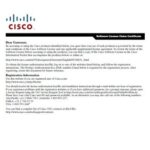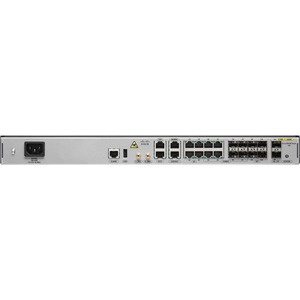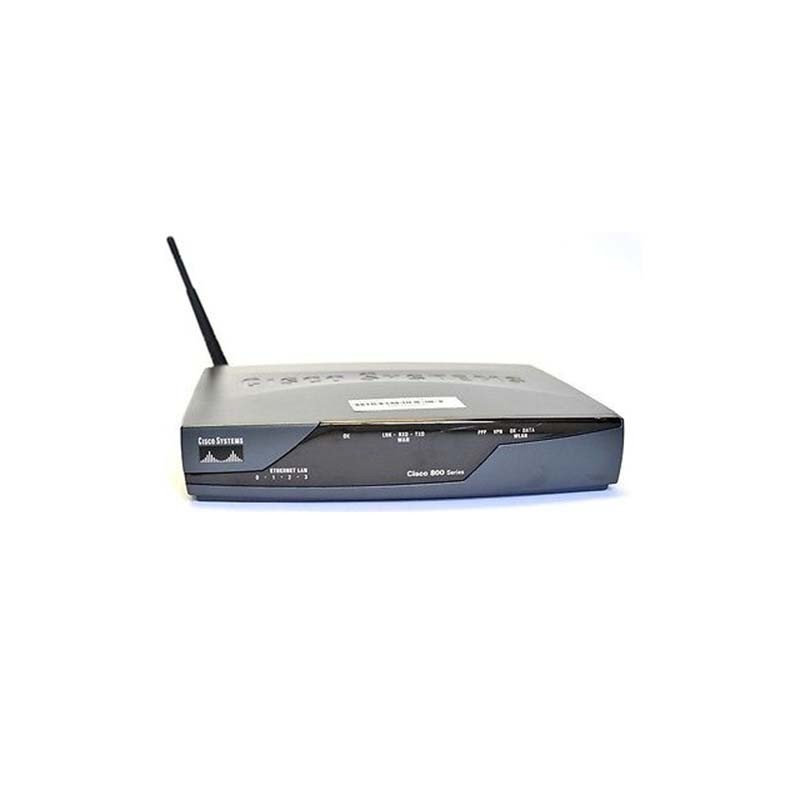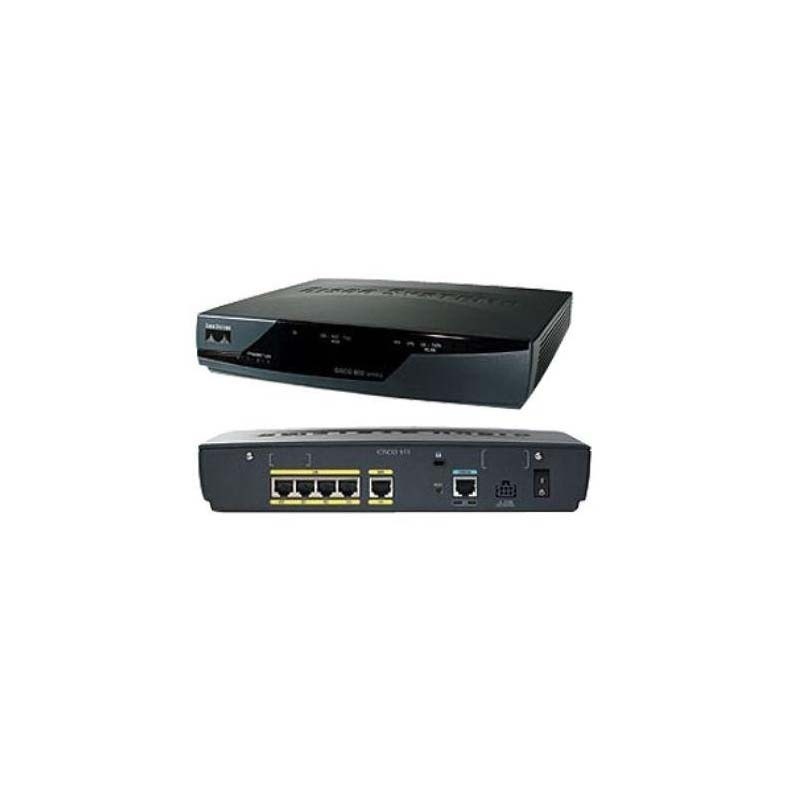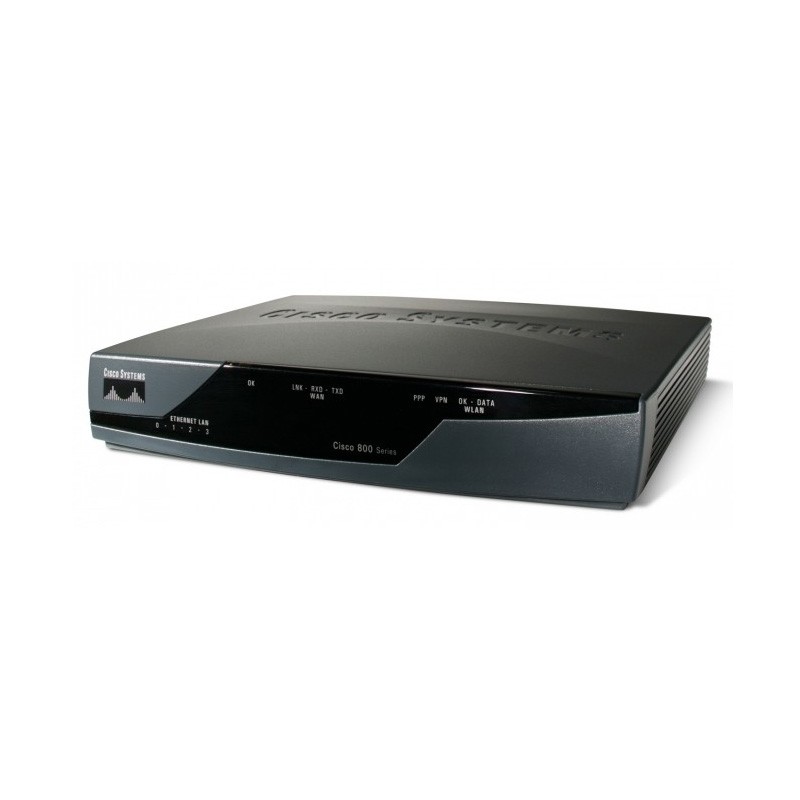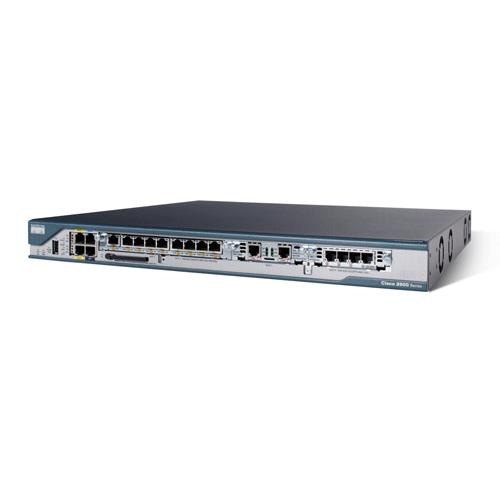-45%
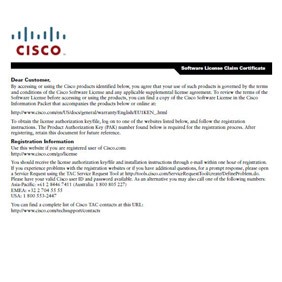


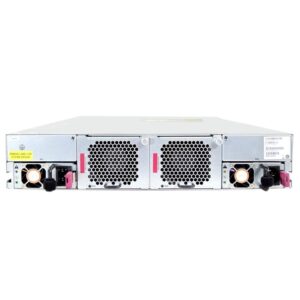
L-FLS-A901-2Z=
$1,500.00 Original price was: $1,500.00.$825.00Current price is: $825.00.
| Model: | L-FLS-A901-2Z Cisco ASR 901 Series Feature Licenses |
| Detail: | Cisco L-FLS-A901-2Z Cisco ASR 901 10G Router – 2x10GE Port Upgrade – Electronic |
Categories: Cisco Router ASR 900, Cisco Routers
WhatsApp Us
- Description
Description
L-FLS-A901-2Z= Specification |
|
| General | |
| Product Type | Upgrade license (electronic delivery) |
| Hardware License | |
| License Qty | 2 10Gb ports |
| Compatibility Information | |
| Designed For | Cisco ASR 901 10G |
Related Products
Cisco Router ASR 900, Cisco Routers
$5,000.00 Original price was: $5,000.00.$2,750.00Current price is: $2,750.00.
Cisco A901-6CZ-F-A Router
0 out of 5
Cisco Router ASR 1000, Cisco Routers
$28,000.00 Original price was: $28,000.00.$15,400.00Current price is: $15,400.00.
ASR1001-8XCHT1E1
0 out of 5
Cisco Router ISR 800, Cisco Routers
$399.00 Original price was: $399.00.$116.00Current price is: $116.00.
CISCO851-K9 Router
0 out of 5
Cisco Router ISR 800, Cisco Routers
$899.00 Original price was: $899.00.$867.00Current price is: $867.00.
CISCO878-SEC-K9 Router
0 out of 5
1800 2800 3800 Router, Cisco Router ISR 2800, Cisco Routers
$1,995.00 Original price was: $1,995.00.$838.00Current price is: $838.00.
CISCO2801
0 out of 5


